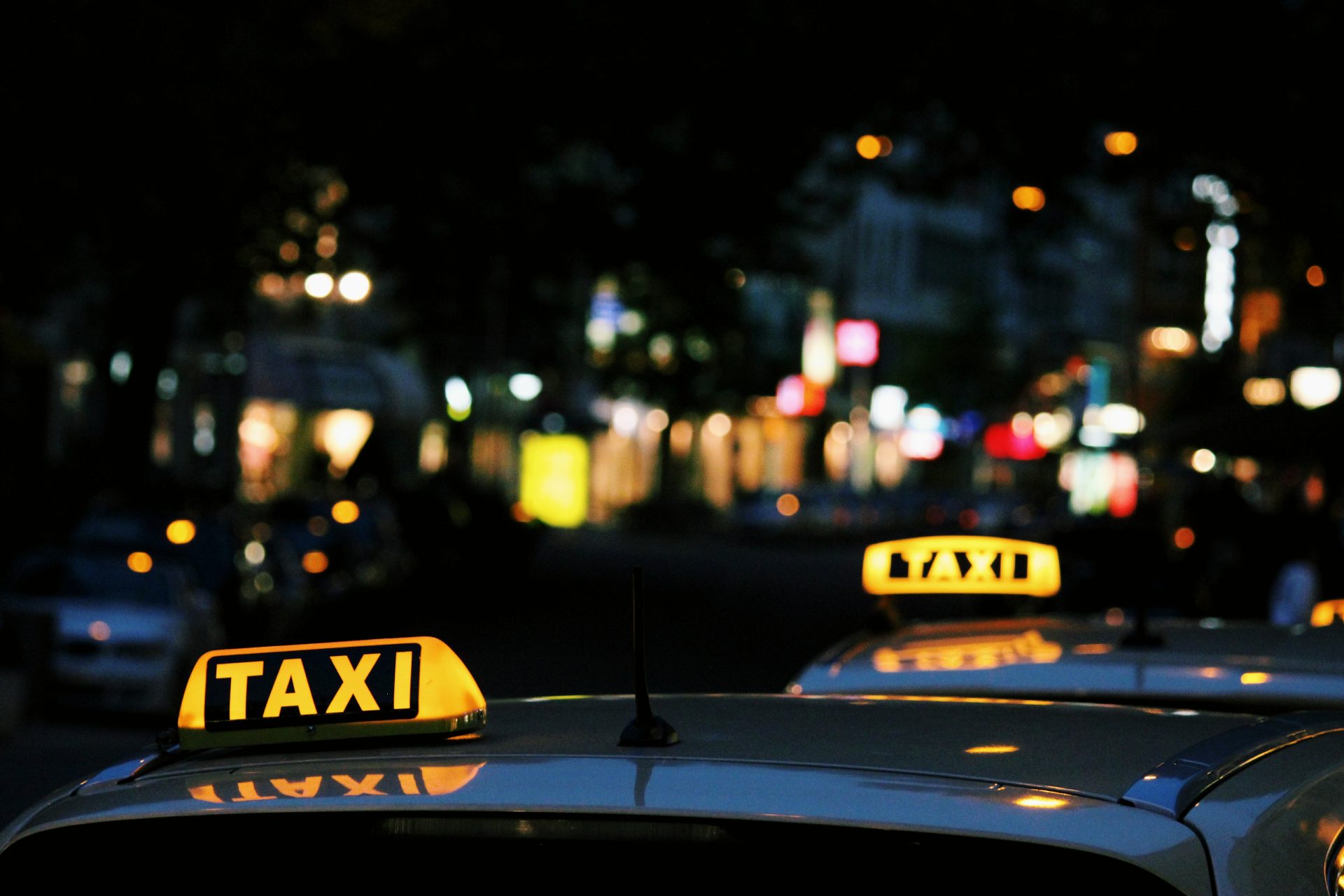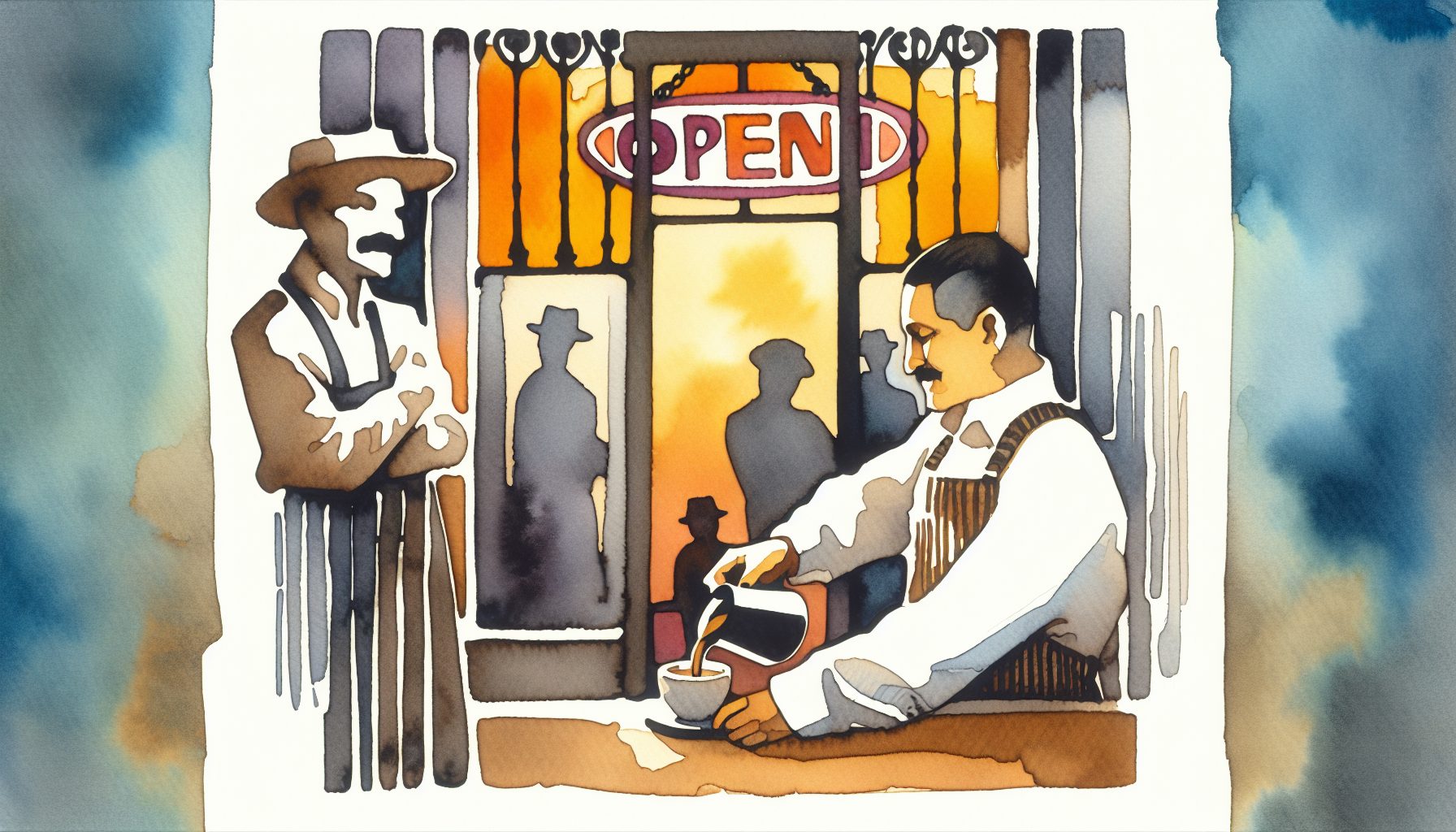San Francisco, the hub of innovation and technological advancements, finds itself at a crossroads as the introduction of robotaxis sparks a fierce debate among residents. The California Public Utilities Commission (CPUC) recently granted permission to two cab companies, Waymo and Cruise, to operate a 24-hour robotaxi service. While some embrace this new era of autonomous transportation, others harbor concerns about safety, job displacement, and accessibility for disabled individuals.
The Battle of Perspectives
Unsurprisingly, the introduction of robotaxis in San Francisco has ignited a battle of perspectives. On one side, there are Uber and Lyft drivers worried about losing their livelihoods. They fear that the expansion of self-driving taxis will result in job loss for many families, leaving them in financial uncertainty.
Representatives of garbage disposal trucks also expressed their apprehension. They reported instances where robotaxis broke down and obstructed their vehicles, causing delays and inconvenience. San Francisco’s fire service echoed these concerns, citing 55 instances in which robotaxis blocked their emergency vehicles.
However, there are also staunch supporters of robotaxis who believe in their potential to revolutionize transportation. George Janku, an orthopedic surgeon and keen cyclist in San Francisco, expressed trust in the behavior of autonomous vehicles compared to human drivers. Janku argued that robotaxis appear to be safer, drawing from personal experiences witnessing accidents caused by angry or distracted drivers.
Safety Concerns and Accidents
While proponents of robotaxis emphasize their safety, skeptics point to accidents and potential risks. Waymo claims an impeccable safety record, stating that they have not been involved in a single accident with a pedestrian or cyclist during their two million miles of fully autonomous driving. However, critics argue that the technology has not yet proven itself to be foolproof.
Cruise, another major player in the robotaxi industry, boasts a strong safety record and asserts that they have completed three million driverless miles. In an effort to address safety concerns, the state department of motor vehicles requested Cruise to reduce the number of vehicles on the roads, a request that the company agreed to.
Despite the reassurances, accidents have occurred. Just eight days after the CPUC’s vote to expand the use of robotaxis, a Cruise taxi was involved in a collision with a fire engine. This incident sparked further skepticism among San Franciscans regarding the safety and reliability of autonomous vehicles.
The Rise of Safe Street Rebel
In response to the perceived risks associated with robotaxis, a group called Safe Street Rebel has emerged. This grassroots organization has taken matters into their own hands, engaging in what they call “coning.” By placing cones on the bonnets of robotaxis, they aim to disable the vehicles and draw attention to their concerns. Videos of their actions have gone viral, highlighting the growing divide in San Francisco regarding the acceptance of autonomous transportation.
Safe Street Rebel’s members feel that their concerns are not being heard, and they view their actions as a form of protest against artificial intelligence. They predict that such human actions will become more common as the debate over robotaxis intensifies. Drawing parallels to the Luddites of the 19th century, the group believes that history has often treated dissenters of technological change unfairly.
San Francisco’s Dilemma
San Francisco finds itself in a unique position, torn between its desire to be at the forefront of innovation and the concerns of its residents. City officials have pushed for the adoption of robotaxis, but many residents remain unconvinced. The diverging perspectives and the emergence of groups like Safe Street Rebel have created a challenging landscape for the cab companies, Waymo and Cruise.
Waymo and Cruise maintain that their robotaxis are safe and reliable. Waymo, in particular, emphasizes their extensive testing, clocking over two million miles of fully autonomous driving without a single accident involving a pedestrian or cyclist. Cruise also points to their three million driverless miles and solid safety record. However, winning over the skeptical residents of San Francisco remains an uphill battle.
The city’s Attorney, David Chiu, has called for the CPUC to reconsider its decision, citing the potential harm to San Francisco. The state department of motor vehicles has already intervened, requesting a reduction in the number of robotaxis on the roads. As the debate continues, the fate of robotaxis in San Francisco hangs in the balance.
Conclusion
The introduction of robotaxis in San Francisco has triggered a passionate and divided debate. While some residents embrace the potential benefits of autonomous transportation, others express concerns about safety, job displacement, and accessibility. As cab companies like Waymo and Cruise strive to convince skeptics of the reliability and safety of robotaxis, grassroots organizations like Safe Street Rebel rise up to voice their dissent.
San Francisco stands at a crossroads, grappling with the tension between innovation and the concerns of its residents. The future of robotaxis in the city remains uncertain, hinging on the ability of companies to address safety concerns, win public trust, and navigate the intricate web of regulations and public sentiment. Only time will tell how the streets of San Francisco will ultimately be transformed by the rise of robotaxis.
See first source: BBC
FAQ
Featured Image Credit: Lexi Anderson on Unsplash – Thank you!









